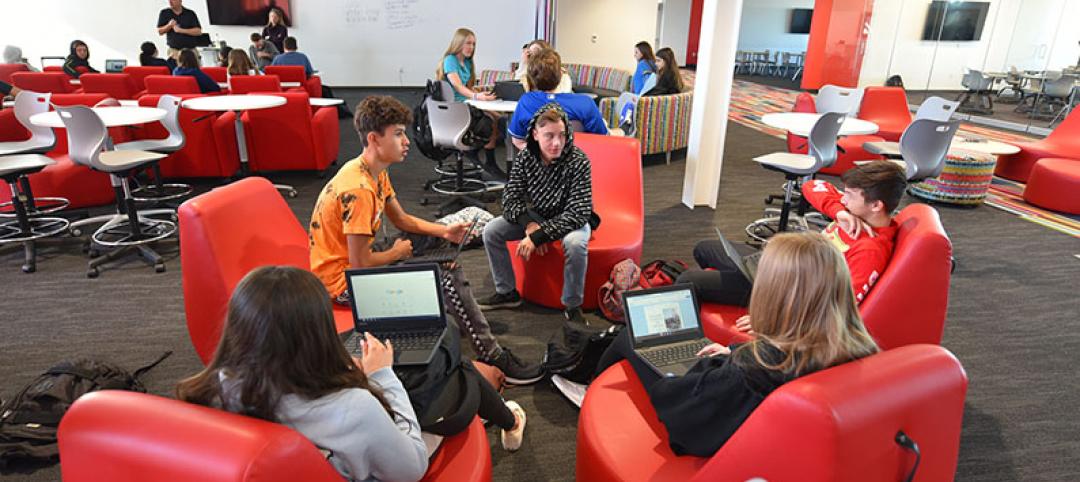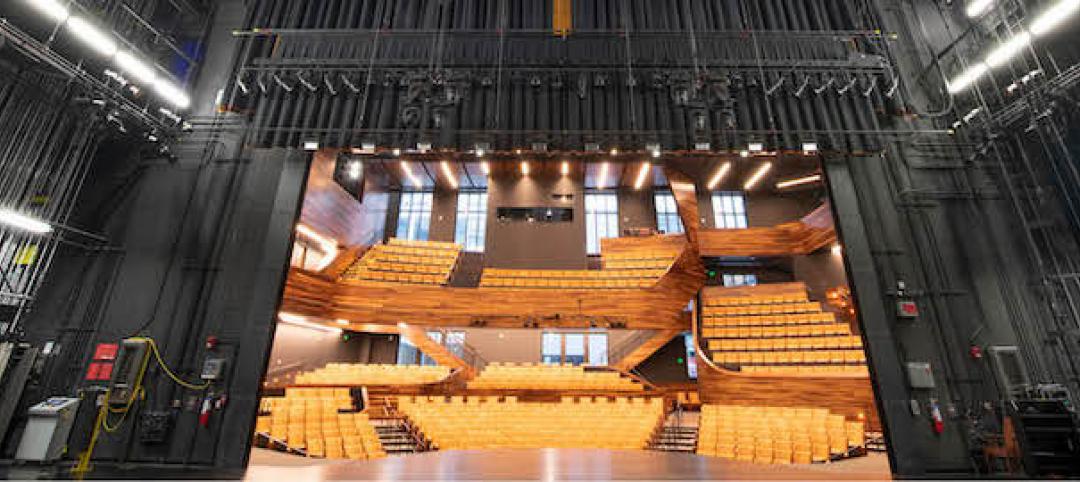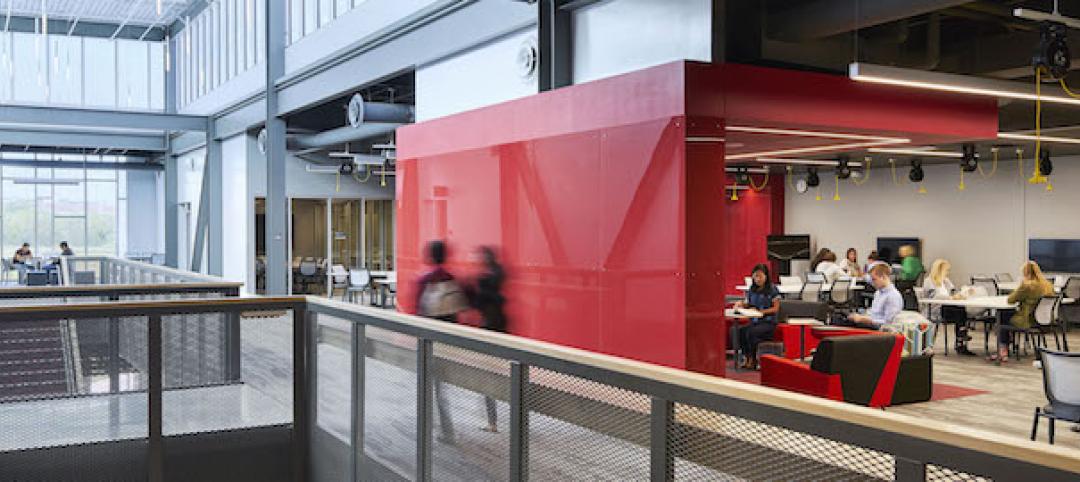There can be no denying that the practice of architecture has changed in the last 30 years, notably toward a significant a shift in digital design. Adoption takes a while in any industry and our profession is no different – architecture is one of the world’s oldest crafts, after all. It is also very different in terms of process. Design is a process of discovery to find more than an aesthetic: We find solutions to problems. So quickly finding multiple data-backed answers is appealing to many practicing architects and engineers.
The pace of change in our industry lately is incredible. We’re well into the digital era of architecture which favors processes that have a better innovation cycle. As designers, we choose to explore and lead digital design frontiers that will deliver the best possible solutions for our clients. It is our goal in perpetuity to leverage data that creates and enhances architectural spaces to elevate the user experience.
Research shows that for difficult mental tasks, it is better to show visuals that users can pause, rewind, and play at their personal learning pace than to read text or have a conversation. We simply learn better by doing. So I host a regular video tutorial series called Dynamo NEXT to help designers – and ultimately our clients – better understand our visual programming process with Dynamo, an iterative plugin for our primary digital design tool, Revit.
Dynamo Studio with Fractal Example and PowerBI
The video shows anyone in the world how to create an adjustable 3D building creator that reports relevant data to a developer’s pro forma. Whether you are an architect, engineer or client/developer you can see a variety of building types that can change at the speed of thought. The viewer will learn the specific equations used to create the computer input that builds the model for infinite adaptability.
Dynamo Next: Data Driven Analysis
If you have ever struggled to find the right solution or have been buried in spreadsheets, you will learn how to leverage that data to position your project for success. The answers that elude the industry exist within the current processes and can be included with the best work flows to capture and use data.
Visualizing Data with Dynamo + PowerBI
We are now able to visualize buildings’ data to provide better outcomes. In this video, viewers can learn which data sets are important to a project and how to apply this thinking to other projects. It also contains information on how to move data from one form to another.
Dynamo Next: Talk Data to Me
To expose others to a data-driven process, special guest Professor of Architecture at University of Illinois Urbana-Champagne Randy Deutsch, talks with us as we explore the future of design using data. The profession has taken on a role beyond construction documents for permitting. As architects and engineers, we review what data will mean to the industry now and in the future to create a better world.
More from Author
DLR Group | Oct 30, 2024
Reasons to reinvent the Midcentury academic library
DLR Group's Interior Design Leader Gretchen Holy, Assoc. IIDA, shares the idea that a designer's responsibility to embrace a library’s history, respect its past, and create an environment that will serve student populations for the next 100 years.
DLR Group | Jan 8, 2024
DLR Group adds executive leaders
DLR Group Chief Executive Officer Steven McKay, AIA, RIBA, announced new executive leaders for the 100% employee-owned, globally integrated design firm.
DLR Group | Nov 30, 2023
A lasting housing impact: Gen-Z redefines multifamily living
Nathan Casteel, Design Leader, DLR Group, details what sets an apartment community apart for younger generations.
DLR Group | Nov 6, 2023
DLR Group opens office in Nashville, Tenn.
DLR Group is expanding its presence in the Southeast with the opening of an office in downtown Nashville, Tenn.—a collaborative effort led by DLR Group Principals Matthew Gulsvig, AIA, LEED AP, and Randall Coy.
DLR Group | Jan 27, 2021
Selecting indoor air quality monitors to maintain healthy spaces
In searching for an indoor air quality monitor, most devices will measure a combination of temperature, relative humidity, carbon dioxide, particulate matter, and total volatile organic compounds.
DLR Group | Sep 1, 2020
The rise of inquiry-based learning in K-12 communities
Inquiry-based education offers a methodology that does not rely solely on the educator being the lead in all learning.
DLR Group | Aug 31, 2020
Reopening campus performance arts centers
Live productions, which offer students the opportunity to hone their skills with true audience feedback, currently pose health risks for students and faculty.
DLR Group | Jun 11, 2019
The power and possibility of adaptive reuse
Building reuse generally offers greater environmental savings than demolition or new construction.
DLR Group | Apr 29, 2019
A look ahead to learning in 2050
Fast forward to the year 2050 and beyond, and imagine what education looks like.
DLR Group | Aug 31, 2018
The building data analytics revolution in three acts
Increased transparency of operational building data is impacting accountability.
















